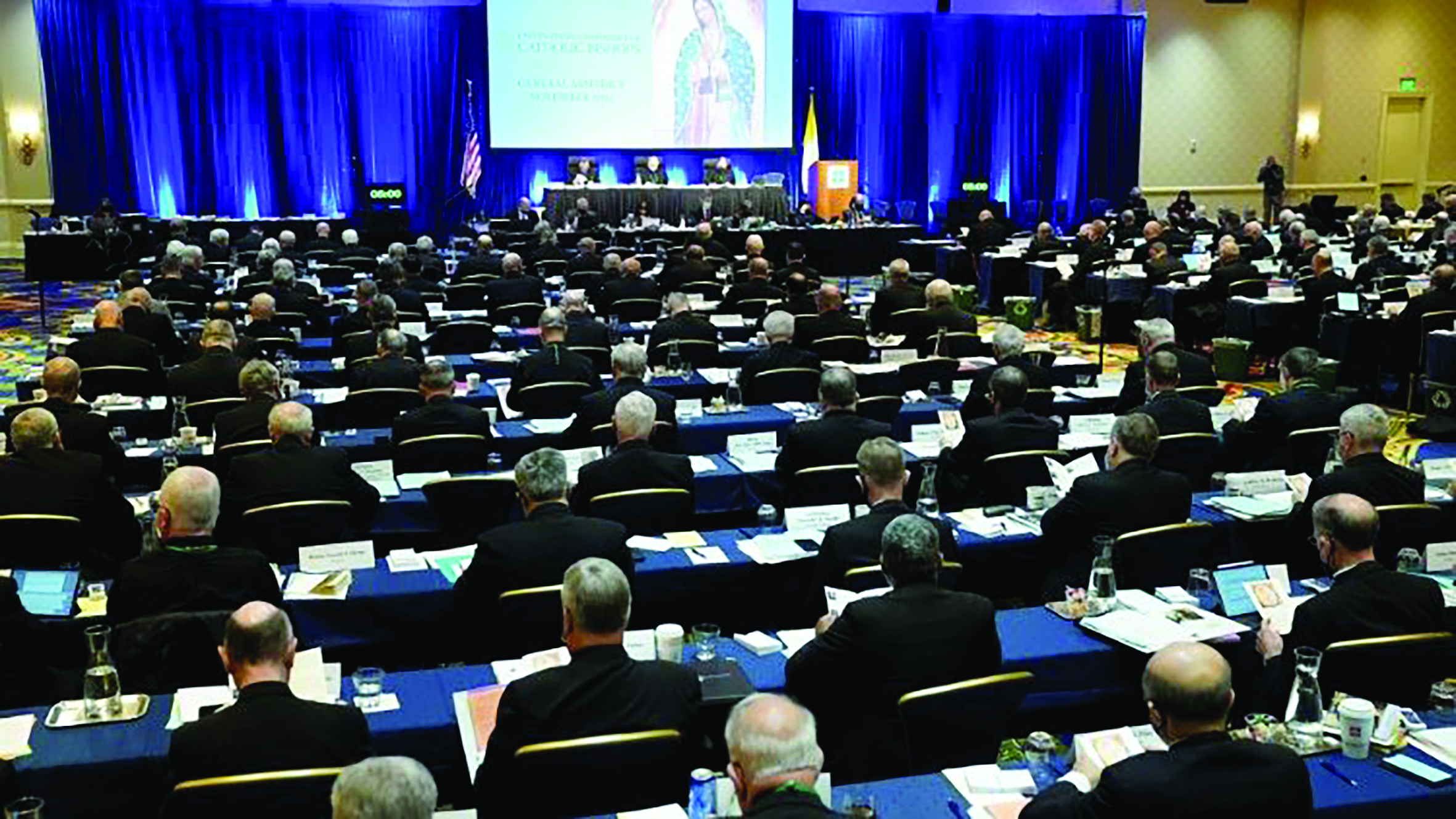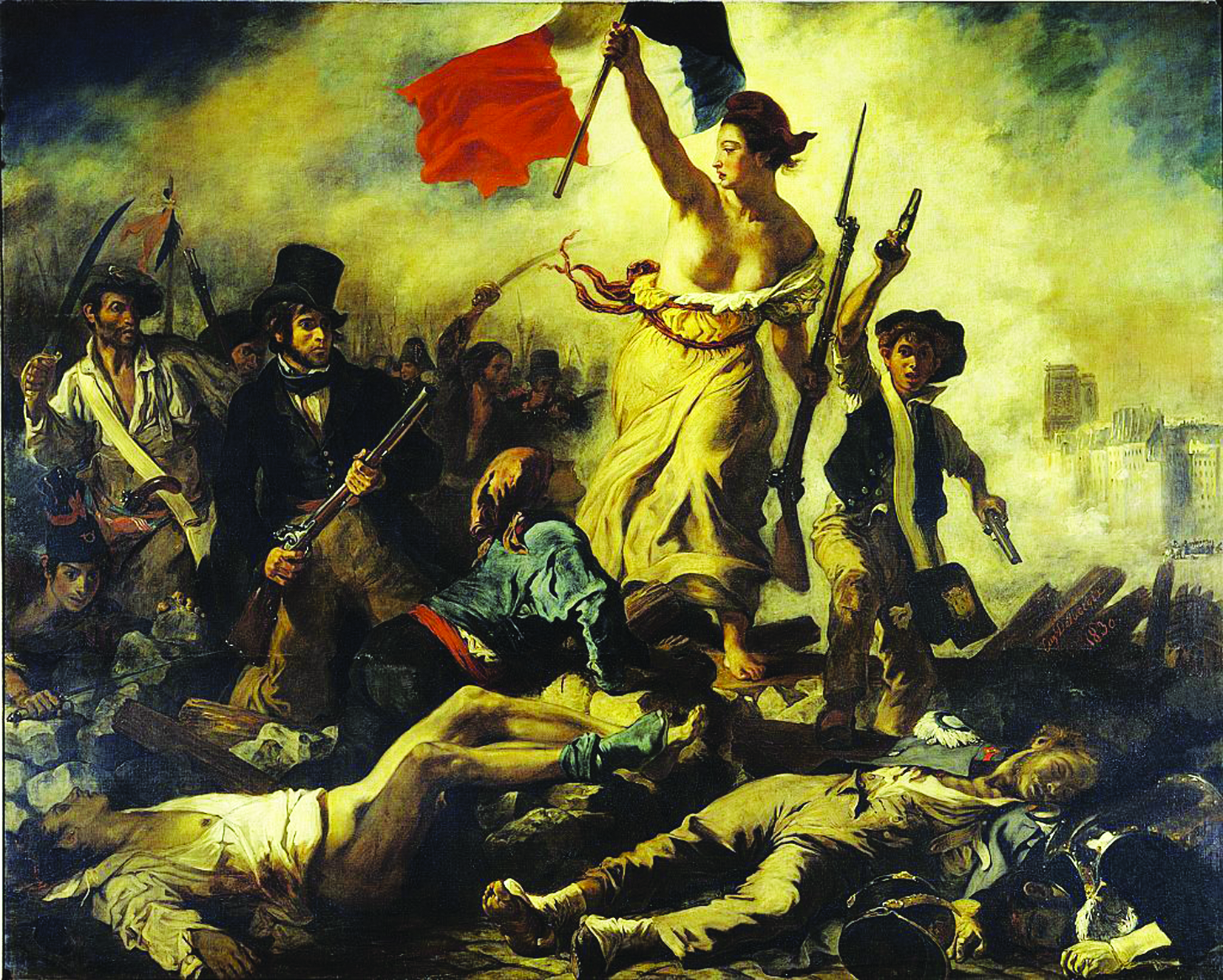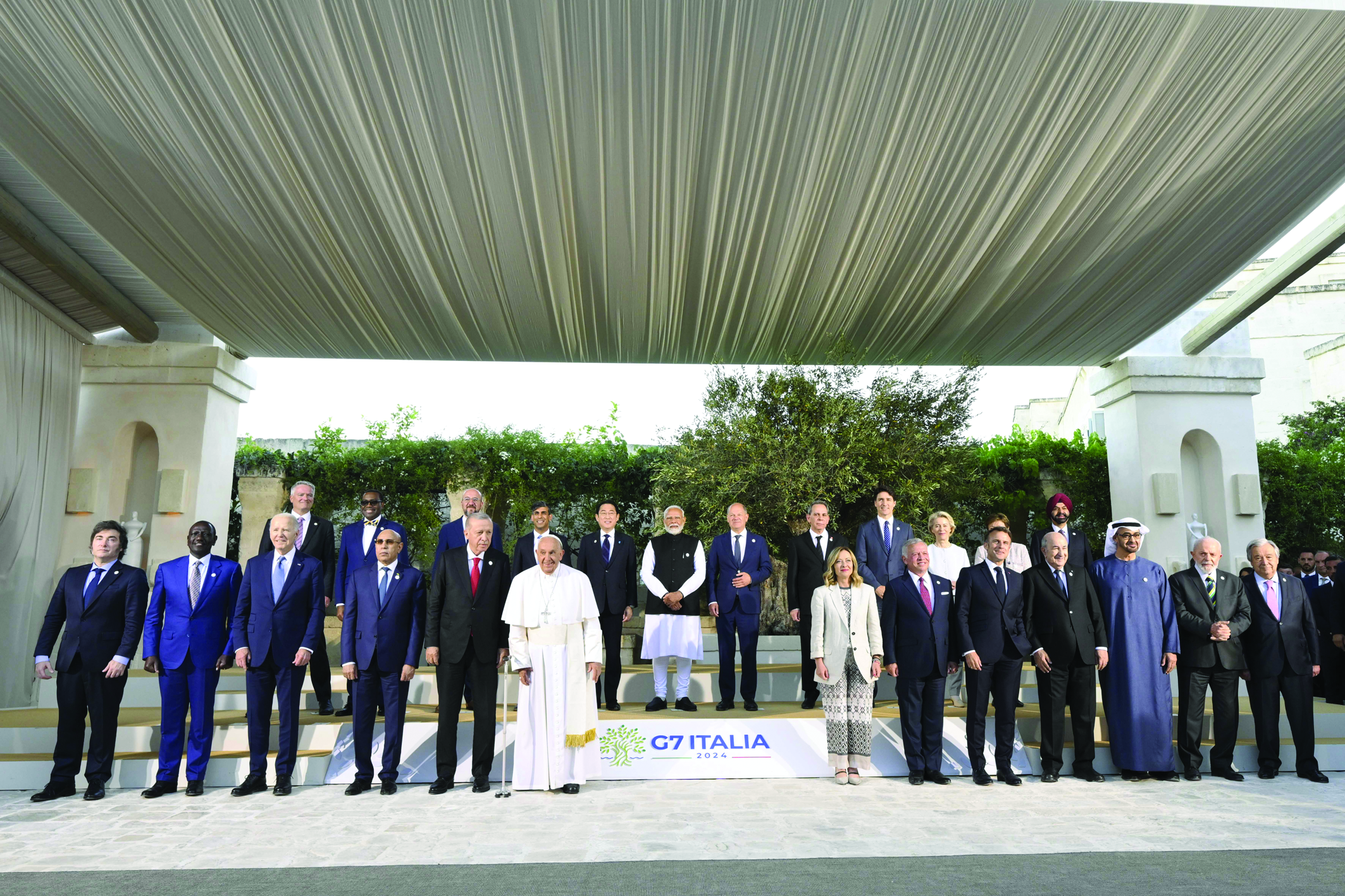“What if the cardinals have elected the wrong man?” That was the doubt which blogs and websites began to spread a few hours after the election of the first Latin American Pope. Even important international newspapers, Argentinian and Italian, insinuated that Jorge Mario Bergoglio, elected superior of the Argentinian Jesuits three years before the military putsch, did not react to the crimes of the military junta which from 1976 to 1983 murdered thousands of people, mostly political opponents.
An ever more aggressive internet kept throwing shadows on Pope Francis; montages were published showing the newly-elected Pope with leading members of the Argentinian military government, along with illegible documents given out as incontrovertible evidence of his involvement with the dictatorship.
To crown all this, in the following days he was accused of having collaborated with the junta and, in particular, of having favored the arrest of two of his Jesuit brothers, Francis Jolics and Orlando Yorio, on charges of being Communist subversives.
“What if the cardinals have elected the wrong man?” was the question which even Nello Scavo, a reporter for L’Avvenire, posed to himself that famous evening of March 13 .
After making a preliminary inquiry, Scavo realized that the accusations against the newly-elected Pope were hardly tenable and, experienced judicial reporter that he is, he decided to conduct a closer inquiry which has resulted in a 192-page documentary book, La lista di Bergoglio. I salvati da Francesco durante la dittatura (“Bergoglio’s List. The People Saved by Pope Francis During the Dictatorship”) released on October 4, St. Francis’ feast day.
The book is based on evidence supplied by many people, believers and non-believers, dissidents, trade unionists, priests, students, intellectuals and also two unpublished documents.
The first is the memorandum drawn up by Amnesty International, the human rights organization which followed Argentinian events very closely; nothing against Fr. Bergoglio emerges from this document.
The second is an abstract of the interrogation of the then-archbishop of Buenos Aires when, on November 8, 2010, he was questioned by the magistrates investigating the crimes and violations of human rights committed at the ESMA (acronym for Escuela Superior de mecànica de la Armada, the school for the officers of the Argentinian Navy). The interrogation consisted of 3 hours and 50 minutes of pressing questions posed by judges, lawyers of human rights associations, relatives of victims and people who had been under investigation.
Though with no aid from the Vatican, prompted by his own curiositas (curiosity), as Nello Scavo calls it, he decided to find out for himself. “As I investigated Bergoglio’s past,” says Scavo, “I found clues which supplied material for my book. My search was open to any possibility, positive or negative: from the complete rehabilitation of the Jesuit superior or a condemnation without appeal.”
That Bergoglio’s List is a serious and reliable book is clear from the preface written by Argentinian dissident and peace Nobel Prize winner Adolfo Pérez Esquivel.
“Some bishops collaborated with the junta and went so as far as to justify the use of torture,” says Pérez Esquivel in the preface. “We know their names and had a role in denouncing them… Yet Jorge Mario Bergoglio, at the time provincial superior of the Society of Jesus, contributed to helping people who were persecuted and did his best for those of his brothers who had been kidnapped to be released. Yet, as I have already pointed out, at the time he had no part in the struggle for human rights against the military dictatorship.”
A RESCUE NETWORK
As we read the book, we discover new aspects of Jorge Mario Bergoglio, an unexpected man of action who, unaided, saved dozens of dissidents and people persecuted by the military dictatorship, using sometimes bold stratagems.
Pope Francis, at the time Jesuit provincial, acted prudently, setting up an informal rescue and solidarity network rather than an organized network.
The future Pope gave shelter to students, male and female, in the Collegio Maximo of San Miguel a few kilometers from Buenos Aires; he did this without his confreres’ knowing, telling them they were young people in need of spiritual discernment or seminarians on retreat. Also, Bergoglio himself decided that the organization should be in watertight compartments; that was the only way to minimize risk and limit the circulation of information to the bare minimum.
The young Jesuit provincial always gave advice and suggestions to those he protected. For example, he advised them to avoid making phone calls and sending documents through certain post offices, and above all he recommended them not to go around alone. Incredible though it may sound, Fr. Bergoglio, knowing how to act and relying on the help of Brazilian Jesuits, went as far as to organize the escape of some people abroad along the Argentina-Brazil-Europe route.
THE SAVED
From March 24, 1976, the day of the Argentinian military putsch, an estimated 30,000 people disappeared. Some 15,000 were shot and 500 newborn babies were taken from women who had been sentenced to death.
During this “dirty war,” more than 2 million Argentinians were forced into exile.
Gonzalo Mosca, a Uruguayan trade unionist chased by two dictatorships; Adolfo Somoza, an atheistic, non-baptized writer; and Fr. Juan Carlos Scannone, the main representative of people’s theology (the Argentinian version of liberation theology), were some of those helped by Bergoglio.
Unfortunately, the junta considered people’s theology a threat, in spite of its substantial difference from so-called Marxist theology.
Last, but not least, is the evidence given by Alicia Oliveira, a criminal judge who, having fallen into disgrace with the government, and wanted by the police, had to hide and was able to meet her children in secret with the help of Fr. Bergoglio, who accompanied her himself.
Scavo’s book features a chapter on Jalics and Yorio, the two Jesuits imprisoned and tortured for months on suspicion of having connections with Communist guerrillas.
It turns out that Fr. Bergoglio made efforts to have them released and that Jalics, after making inquiries on his own, came to the conclusion that the Jesuit provincial had not been at all involved in their abduction. Even journalist Horacio Verbitsky, the most relentless accuser of Pope Francis, admitted that Jalics’ words had cleared Jorge Bergoglio from this charge.
THE CHOICE OF SILENCE
Pope Francis has never mentioned his rescue action under the dictatorship, “because Bergoglio knew that all that suffering is an open wound so big that the help he gave was nothing compared to this boundless sea of suffering and he does not intend to vaunt his actions,” Nello Scavo pointed out in an interview.
Those who were rescued by the future Pope also chose silence, to keep out of the limelight. The silence of all those who survived thanks to Fr. Bergoglio was among the issues debated at the presentation of Nello Scavo’s book on October 7.
Film director Liliana Cavani, L’Avvenire editor Marco Tarquinio, La Civiltà Cattolica editor Father Antonio Spadaro, Lorenzo Fazzini, EMI publishing house editor, and the author intervened at the headquarters of La Civiltà Cattolica to promote La Lista di Bergoglio.
“This book helps us know Pope Francis better without turning him into an icon or giving a mawkish image of him; he does not like posing, he is a down-to-earth man who loves concrete action,” said Fr. Antonio Spadaro, opening the discussion.
“We all remember that the Argentinian Church was among the accused, and unfortunately Fr. Bergoglio was put on a par with those who had supported the junta, even though he had saved numerous people. Jorge Bergoglio, who in his capacity as provincial did all he could, did not ask those he had saved for any receipt,” said Liliana Cavani, and at the time “he preferred to keep a low profile in order to save other lives.”
This book features stories of lives saved, stories which Bergoglio has never revealed “because you do good in secret, there is nothing to show off,” Marco Tarquinio added.
In addition, “the silence Bergoglio kept all those years prevented hatred from generating further hatred,” Scavo pointed out, stressing the difficulty which many felt for years in reporting personal dramas owing, among other things, to the sense of guilt they felt for having survived while others had been dropped into the Rio de la Plata during the death flights.
La Lista di Bergoglio got such rave reviews even before its publication that Lorenzo Fazzini, editor of EMI Publishing House, announced its publication in other languages and Holland’s intention to make it into a film. The inquiry about those saved by Pope Francis has come to an end, but “Bergoglio’s list seems to be much longer than Pope Francis himself can remember,” as Scavo has written in his book.






Facebook Comments